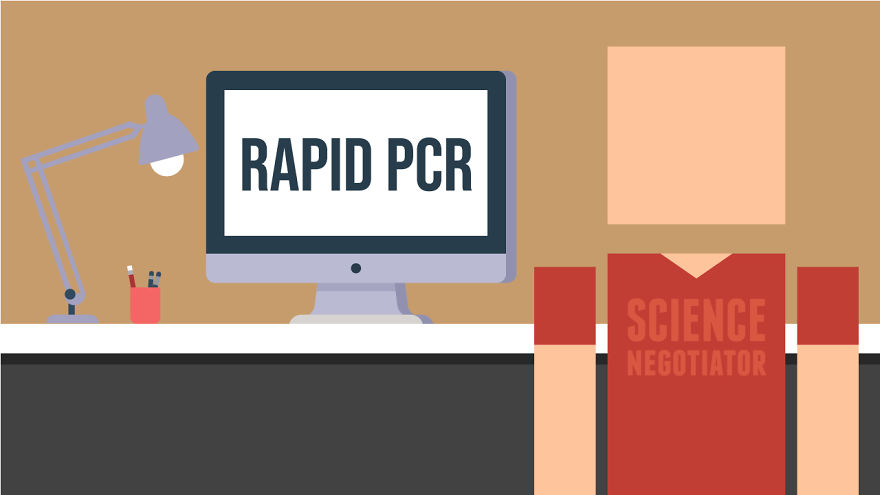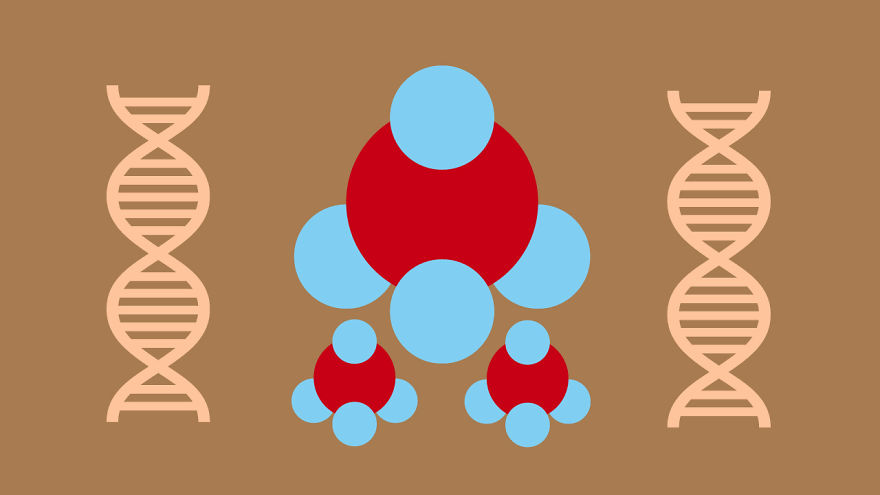
I Made An Animation That Explains How Different Coronavirus Tests Work (For The Non-Techies Out There)
I am a hobbyist animator and illustrator. Making informative graphics and videos is one of my favourite free-time activities. With the growing pandemic of the Coronavirus, I found that most people were oblivious to how the testing for Covid-19 is done, and how each of these tests varied from one another. So, I got on the topic and made a simple and easy to understand infographic animated video about it. Hope you may find this informative.
Check out the full video right here:
Several testing methods for Corona Virus are available for detecting the disease it causes: Covid-19. Each of them differs from one another in terms of time, cost, availability and many more factors. This video goes through their basic differences and explains how each of these tests is done and how do they work in layman’s terms.
COVID-19, the disease caused by Coronavirus triggers mild to severe symptoms.
The symptoms include fever, dry cough, tiredness, shortness of breath, muscle aches and sore throat. Few people are also found to experience diarrhoea, nausea or a runny nose.
Test #1: The PCR Test (Polymerase Chain Reaction)
This is the most common type of test that is currently being done worldwide to test for the coronavirus.
A long cotton swab is used to collect samples from the nose or the throat.
The swab collects mucous, saliva, bits of cells and if present, viral RNA (This is like a digital signature of all living beings). A chemical process is used to convert any present RNA into DNA(similar to RNA). This is processed and placed in a machine called Rapid PCR which basically creates 1000s of copies of any genetic material present in the sample.
The organic materials are introduced to fragments of Coronavirus.
If any viral genetic material is present in the processed sample, these fragments bind to it. Chemical markers added during this process, produce fluorescence(light or glow) when this binding occurs which is tracked to test the sample for infection from the coronavirus.
Test #2: The Serological Tests
These tests involve looking for antibodies which the body has produced to fight off the coronavirus. This is the second most widespread type of test that is being done worldwide.
These tests can detect infection, even if a patient has recovered.
The PCR test method works only if the person is sick at the time of sample collection. However, the serological method aces here as it can work even if a person has already recovered. This is particularly necessary to track the people to whom the infected individual may have transferred the virus.
These tests are done with a blood sample instead of collections from nasal swabs as in PCR.
It uses a special strip which detects 2 types of antibodies, which are produced by the body, in response to the coronavirus. A sample is considered positive if both the antibodies are found, inconclusive for only one and negative for none of the two.
The strip contains clogged blood cells that get unclogged on putting Covid-19 antibodies.
The blood collected from an infected person contains Covid-19 antibodies which unclog the clogged cells present in the strip. This can be observed under a microscope to test for coronavirus.
However, both methods fail if the sample is collected too early.
At the early stages of infection from the coronavirus, the viral load is low and the body hasn’t yet produced the antibodies. If sample is collected during this stage, both the PCR and serological methods fail to work properly. It is thus necessary to wait for some time until any moderate symptoms develop, before testing.
Test #3: The Rapid PCR method
These newer varieties of tests can produce the results within a few minutes from the time of sample collection. This is based on the existing PCR method but gets rid of the long processing times required by the Rapid PCR machines.
They use a set of proteins to amplify the genetic materials in the sample.
The different Rapid PCR tests differ from one another on the type of the proteins and/or other chemicals they use but all them promise quicker processing times to multiply the viral materials.
Rapid PCR can potentially reduce the costs and make the testing portable.
This could cut down on the costs, and allow establishing point-of-care test centres on a large scale, to provide quick answers to individual patients.
Rapid PCR and serology is best suitable for a small number of samples while PCR allows a large number of samples to be tested at a time
Based on the density of the infection among the population, each of these methods, are useful in their own ways, in different scenarios. Populated cities can adopt the normal PCR methods to meet the sheer volume of the cases while smaller towns may use Rapid PCR to test small number of samples in their localities.
170views
Share on Facebook
 Dark Mode
Dark Mode 

 No fees, cancel anytime
No fees, cancel anytime 









































6
1